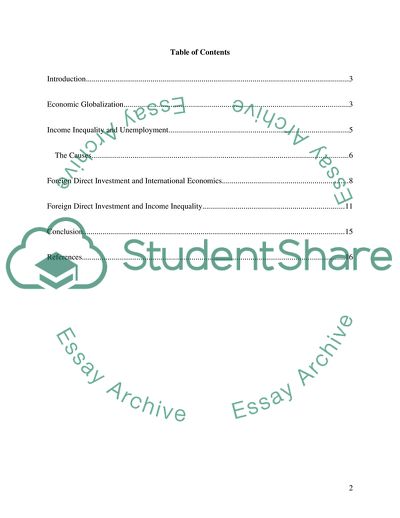Cite this document
(Economic Globalisation is the main reason for an increased income Essay, n.d.)
Economic Globalisation is the main reason for an increased income Essay. https://studentshare.org/macro-microeconomics/1769366-economic-globalisation-is-the-main-reason-for-an-increased-income-inequality-in-the-world-economy-as-well-as-high-rates-of-unemployment-in-industrial-countries-during-the-last-two-decades-discuss
Economic Globalisation is the main reason for an increased income Essay. https://studentshare.org/macro-microeconomics/1769366-economic-globalisation-is-the-main-reason-for-an-increased-income-inequality-in-the-world-economy-as-well-as-high-rates-of-unemployment-in-industrial-countries-during-the-last-two-decades-discuss
(Economic Globalisation Is the Main Reason for an Increased Income Essay)
Economic Globalisation Is the Main Reason for an Increased Income Essay. https://studentshare.org/macro-microeconomics/1769366-economic-globalisation-is-the-main-reason-for-an-increased-income-inequality-in-the-world-economy-as-well-as-high-rates-of-unemployment-in-industrial-countries-during-the-last-two-decades-discuss.
Economic Globalisation Is the Main Reason for an Increased Income Essay. https://studentshare.org/macro-microeconomics/1769366-economic-globalisation-is-the-main-reason-for-an-increased-income-inequality-in-the-world-economy-as-well-as-high-rates-of-unemployment-in-industrial-countries-during-the-last-two-decades-discuss.
“Economic Globalisation Is the Main Reason for an Increased Income Essay”. https://studentshare.org/macro-microeconomics/1769366-economic-globalisation-is-the-main-reason-for-an-increased-income-inequality-in-the-world-economy-as-well-as-high-rates-of-unemployment-in-industrial-countries-during-the-last-two-decades-discuss.


